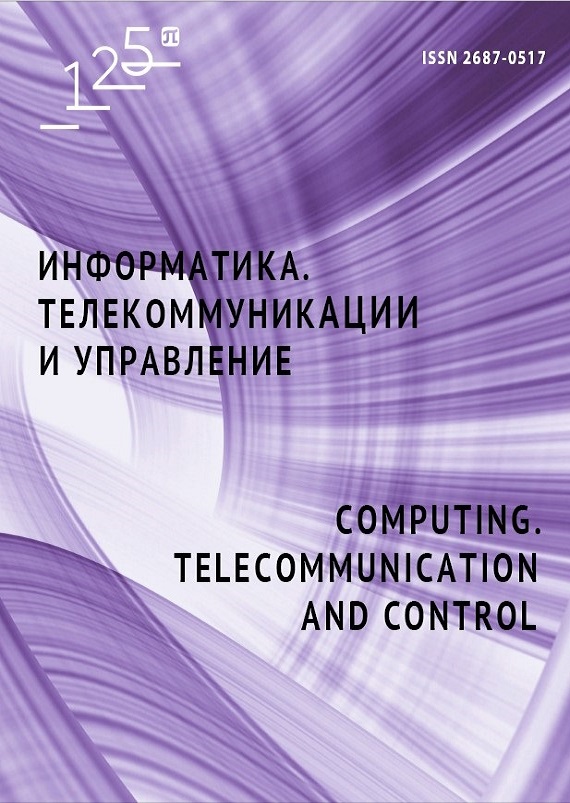Development of an OCT data classification model for determining the presence and type of ophthalmic diseases
Optical Coherence Tomography (OCT) is an important tool in the diagnosis of common ophthalmological diseases, such as age-related macular degeneration and diabetic retinopathy. However, the processes of analyzing and interpreting OCT data are highly complex due to the need to process a large amount of data and the time spent on research, as well as the ophthalmologist's failure to recognize minor or early signs of the disease or rare pathologies. This paper proposes a comprehensive approach to the development of an OCT image analysis system based on deep neural networks. In particular, the performance of models based on four neural network architectures — ResNet50, VGG16, InceptionV4, and ResNet101 — was evaluated. The results show that the model based on the ResNet50 architecture achieves the highest proportion of correctly classified images. Furthermore, the integration of the developed model into a chatbot significantly reduces the time needed to interpret OCT images, which can contribute to increased availability of preliminary diagnostics and improved quality of medical services.


